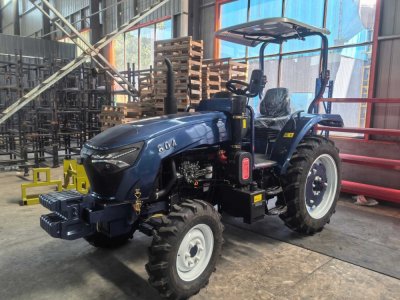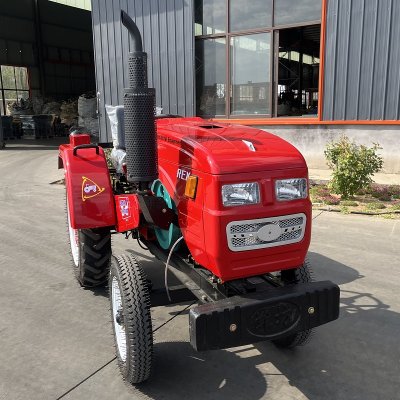What are implements in a tractor?
In the world of agriculture, tractors are the workhorses that power countless farming operations. But a tractor's true potential is unleashed when paired with the right implements. But what exactly are these implements, and why are they so crucial?
Defining Tractor Implements
Tractor implements are essentially tools designed to be attached to a tractor, enabling it to perform a wide variety of tasks. They are different from attachments in that attachments are more supplementary, like a comfortable seat upgrade or a cab stereo. In contrast, implements are the business end of the operation, the tools that get the actual work done in the fields.
Types of Tractor Implements
Ploughs
Ploughs have been a staple in agriculture for centuries. Resembling the traditional 'hal', modern ploughs used as tractor implements work on the same principle. Their main function is to turn and break the soil. By doing so, they help in controlling and preventing weeds, and also make the soil more receptive for sowing seeds. Different types of ploughs, such as mouldboard ploughs, disc ploughs, and chisel ploughs, are used depending on the type of soil and the farming requirements.
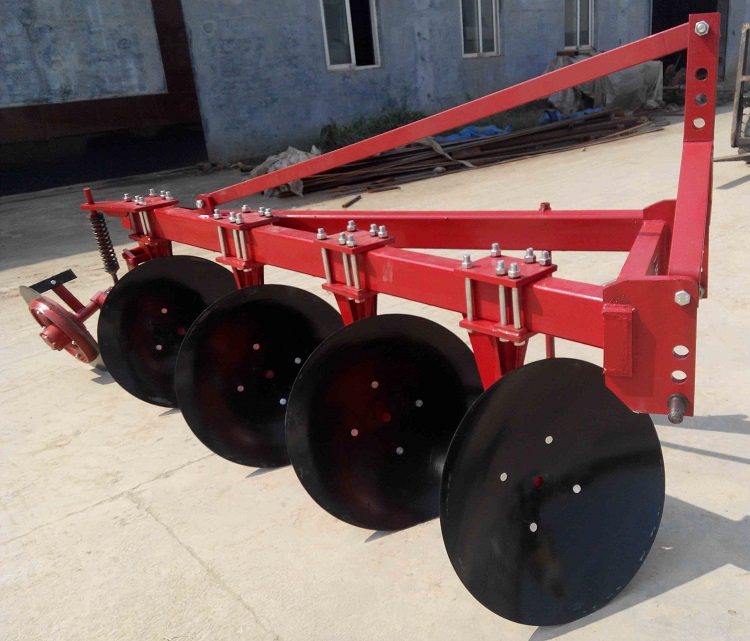
Rotavators
Rotavators, also known as rotary tillers, are modern implements that have revolutionized soil preparation. They break, churn, and aerate the soil. This process increases the oxygen content in the soil, making it more fertile for cropping and easier for harvesting. A rotavator is made up of a set of blades or rotors connected to a motor. As the tractor moves, the rotors spin, cutting through the soil.
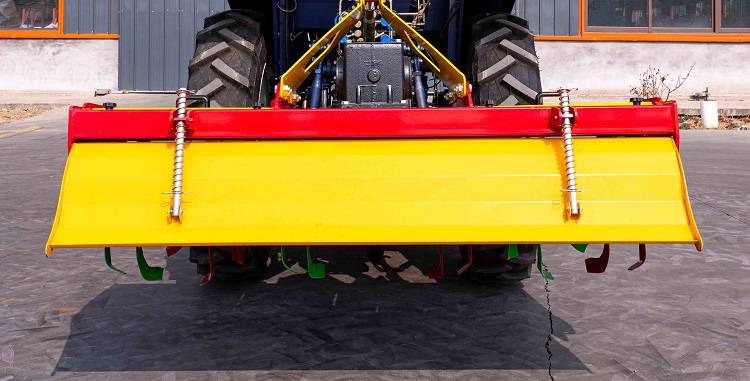
Harrows
Harrows are an upgrade in the soil - working process compared to ploughs. While ploughs go deep into the soil for basic cultivation, harrows work on the upper and surface layers. They cut into the soil and break it up further, making it ideal for clod rupturing. The result is soil that is perfectly suitable for sowing and other agricultural activities. There are different types of harrows, including disc harrows, spike harrows, and chain harrows, each with its own advantages depending on the soil type and farming task.

Trailers
Trailers are an important addition to a tractor. They enhance the tractor's load - carrying capacity. By attaching a trailer, farmers can transport large quantities of crops, fertilizers, or other agricultural materials. There are various types of trailers available, from simple flat - bed trailers to more advanced ones that operate on hydraulics, providing better power and control.

Other Common Implements
Post Hole Diggers: These are used to create uniform holes quickly. They are handy for tasks such as planting trees or building fences.
Brush Cutters: As the name suggests, brush cutters are used to clear away unwanted vegetation. They are useful for maintaining the boundaries of fields, clearing overgrown areas, or preparing land for new crops.
Rakes: Rakes are used to remove debris from the soil surface and also help in conditioning the soil. They can be used to level the soil, collect leaves or small stones, and create a smooth seedbed.
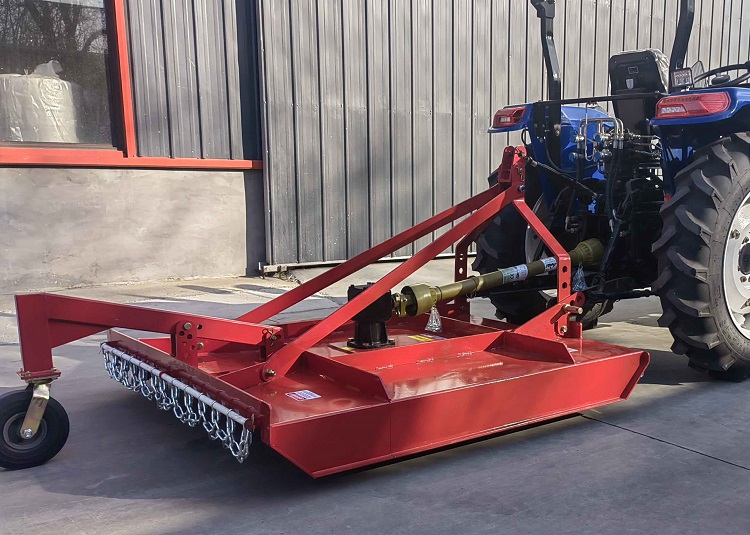
Connecting Implements to Tractors
There are three main ways to connect implements to tractors. The front - mounted option is popular for implements like loaders. The loader's arms attach to the sides of the tractor's engine, and its movement is hydraulically - controlled. This setup also allows for the attachment of other implements like pallet forks, which can replace the loader bucket.
The mid - mounted option is less common due to the difficulty in mounting and dismounting. However, a mower deck is a common mid - mounted implement used for cutting grass and weeds in areas like lawns, orchards, or parks.
The rear - mounted option is perhaps the most widely used. It can be done using a drawbar or a three - point hitch. The three - point hitch is more popular as it allows for easy raising and lowering of the implement. A tiller, for example, is often attached to the rear of a tractor using a three - point hitch to increase soil aeration and improve crop health.
In conclusion, tractor implements are the key to unlocking the full potential of a tractor in agricultural operations. From preparing the soil to harvesting the crops and everything in - between, the right implement can make a world of difference in the efficiency and productivity of a farm.

